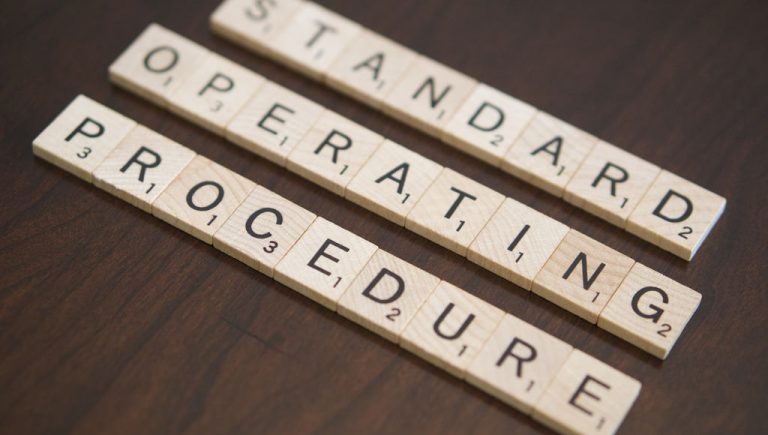Webinar Duration: 90 minutes
RECORDED: Access recorded version only for one participant; unlimited viewing for 6 months (Access information will be emailed 24 hours after the completion of payment)
SPEAKER: Michael Esposito
OVERVIEW:
The relationship between SOPs and training is not a common topic but one that affects a large number of employees in the manufacturing sector of pharmaceutical companies. For an SOP to be effective, it has to describe the process with an appropriate level of detail, striking a balance between flexibility and structure. If the writing of the SOP is not written with this objective in mind, it is likely to have a negative impact on training, because text that is ambiguous in the SOP will also be ambiguous in the training. In addition, an SOP is written to capture the essential steps of a process accurately, and its language tends to be “legalese.”
Conversely, the objective of training is to transmit knowledge in such a way that learners are more inclined to remember it and use it effectively on the job. Often, when training is created based on an SOP, its content does not differ markedly from the SOP and tends to be dull. Therefore, when training is created based on the SOP, adult learning objectives are still important.
Finally, the SOP needs to delineate responsibilities clearly, because these responsibilities have a direct impact on who receives training assignments, and how job curricula are created. If these are ambiguous, training on the SOP could be assigned either to too many or too few employees.
Why should you Attend: Standard Operating Procedures (SOPs) are the basis for a large part of the day-to-day training that most pharmaceutical employees are required to perform. Still, it is not widely understood how the writing of a procedure can have a positive or negative impact on training. In this course you will learn the vital connection between the documentation and training spheres, and how to maximize this connection to improve the quality of both SOPs and training.
Areas Covered in the Session:
– Define the parameters of an effective SOP – how your foundation keeps subsequent steps from going awry preventing “garbage in”
– Why bad procedures have a negative impact on training
– What identifies a bad procedure
– Identify appropriate level of detail for document
– Interact with the SOP process owner/author to improve the writing of procedures
– How the training department needs to be in the loop at the start of the SOP development process
– What SOP writers and approvers need to keep in mind for retention of the content at the training stage
– Translate the SOP into effective curriculum development and training execution
– The implications of good training for successful SOP execution
– How the SOP wording can be “translated” into language that is appropriate for learners if a presentation, computer-based training or classroom session is to be developed
– Perform an ongoing assessment of the knowledge retention of learners for continuous improvement
– Use several different methods
– Take advantage of tools that already exist in your organization
– Review of learning objectives
Learning Objectives:
– To learn the parameters of an effective SOP
– To distinguish a well-written SOP from a poorly written one
– To define processes better by effective interaction with the SOP process owner and/or author
– To integrate the SOP effectively into the position curricula of employees
– To explore the connection between SOPs and job performance, and measure retention of SOP content at the training stage
Who Will Benefit: Pharmaceutical industry, particularly those areas that develop SOPs for the manufacturing or quality monitoring of pharmaceutical products, as well as Information Technology (IT).
SPEAKER PROFILE:
Michael Esposito has over 30 years experience in the pharmaceutical industry and 17 years experience in GMP training and document management. He has worked for Wyeth Pharmaceuticals, Pfizer and Johnson & Johnson’s McNeil Consumer Healthcare Division in a variety of areas including Packaging, project administration, Quality Assurance, Government Contracts, translations, systems training, and international operations. He collaborated in the development and implementation of the training portion of the Consent Decree workplan for McNeil and revised their introductory GMP course. He is a member of the training organizations GMP Training Educators Association and Association for GXP Excellence (AGXPE) and is fully fluent in Spanish. His areas of interest include systems training, training effectiveness, post-training user support, process improvement, and sustainable packaging.



